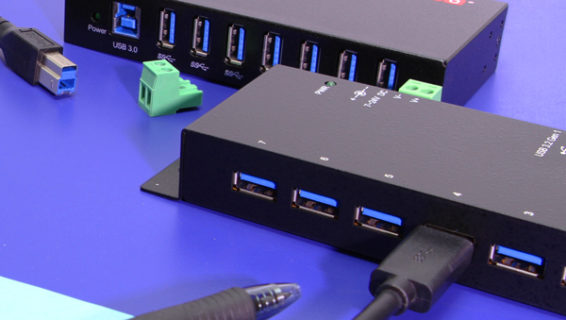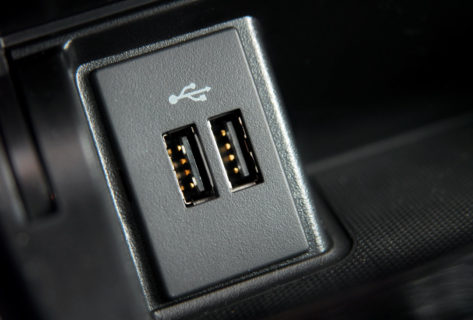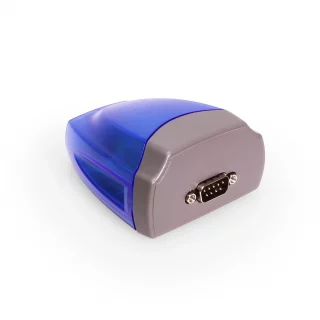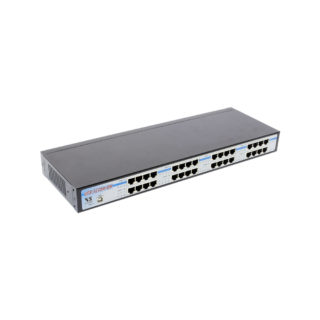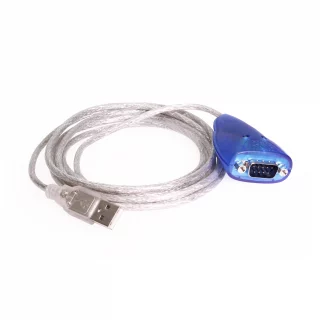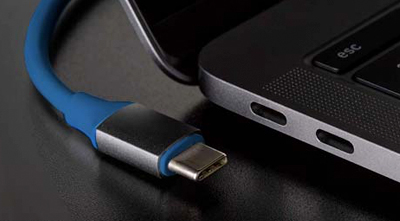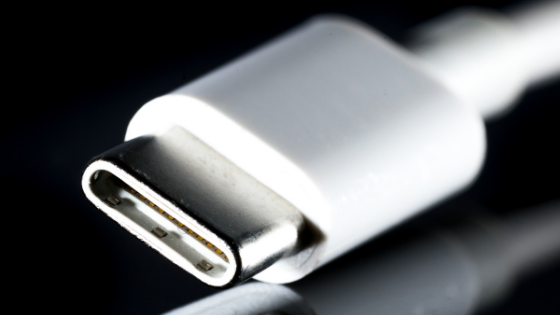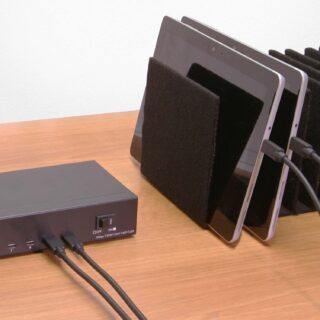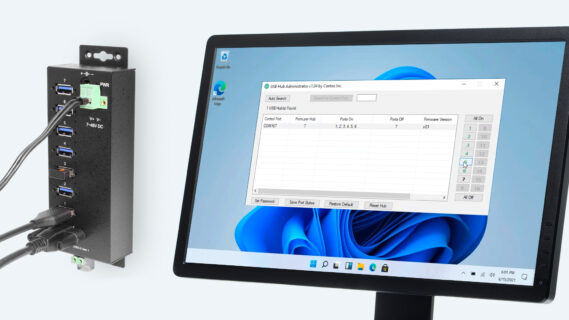The evolution of USB technology has brought significant advancements in data transfer speeds, power delivery, and versatility. USB 4.0 represents the latest iteration in this ongoing evolution, introducing features that cater to the demands of modern devices and user experiences. In this article, we’ll explore what USB 4.0 is, its key features, compatibility, and how it compares to previous USB standards.
What is USB 4.0?
USB 4.0 is the newest version of the Universal Serial Bus (USB) standard, officially released in 2019 by the USB Implementers Forum (USB-IF). It builds upon the foundation of USB 3.2 and incorporates elements from Intel’s Thunderbolt 3 technology. The primary goal of USB 4.0 is to provide a unified connectivity solution that enhances data transfer speeds, improves power delivery, and supports multiple data protocols.
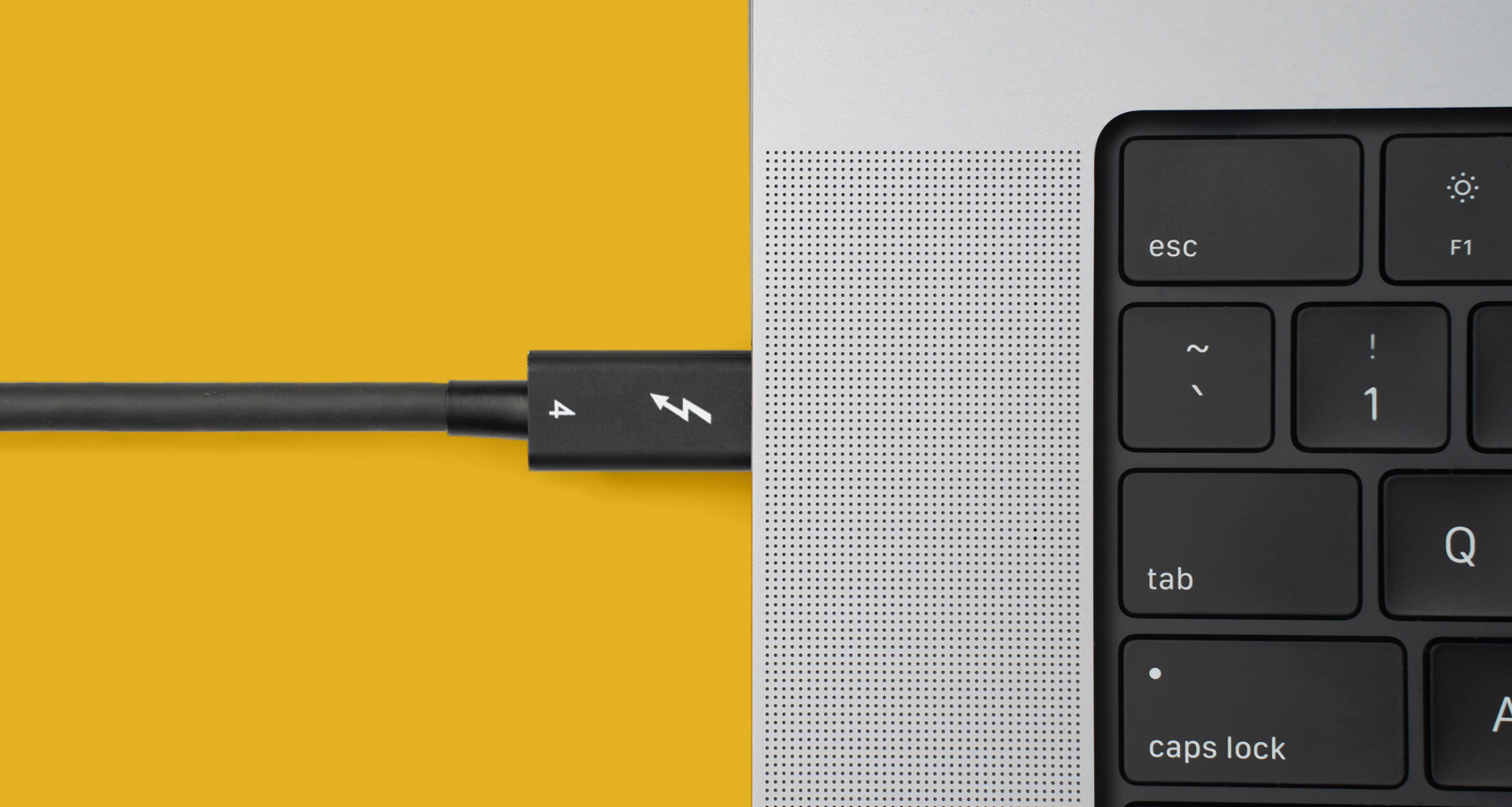
Key Features of USB 4.0
- Data Transfer Speeds: USB 4.0 offers maximum data transfer speeds of up to 40 Gbps (gigabits per second). This is double the maximum speed of USB 3.2 and aligns with the performance of Thunderbolt 3.
- Backward Compatibility: USB 4.0 is designed to be backward compatible with USB 3.2, USB 2.0, and Thunderbolt 3 devices. This ensures that users can continue to use their existing USB devices without any issues.
- Multi-Protocol Support: One of the standout features of USB 4.0 is its ability to support multiple protocols over a single cable. This means that USB 4.0 can handle data, video, and power simultaneously, allowing for a more streamlined user experience.
- Improved Power Delivery: USB 4.0 enhances the power delivery capabilities of the USB standard. It supports up to 100W of power delivery, enabling faster charging for a wider range of devices, including laptops and high-performance peripherals.
- Data Aggregation: USB 4.0 can aggregate data streams from multiple devices, optimizing the data flow and improving overall performance. This feature is particularly beneficial for high-bandwidth applications like video editing and gaming.
USB 4.0 vs. Previous USB Standards
USB 3.2 vs. USB 4.0
- Speed: USB 3.2 supports speeds up to 20 Gbps, while USB 4.0 doubles that to 40 Gbps.
- Protocol Support: USB 3.2 primarily focuses on USB data transfer, whereas USB 4.0 supports a broader range of protocols, including Thunderbolt 3.
Thunderbolt 3 vs. USB 4.0
- Integration: USB 4.0 integrates Thunderbolt 3 features, making it a versatile standard that can support high-speed data transfer, video output, and power delivery through a single cable.
- Compatibility: USB 4.0 is backward compatible with Thunderbolt 3 devices, ensuring a seamless transition for users upgrading their hardware.

Benefits of USB 4.0
A. Enhanced Performance
With its high data transfer speeds and multi-protocol support, USB 4.0 is ideal for demanding applications such as video editing, gaming, and large data backups. Users can experience faster file transfers and improved overall performance when using USB 4.0 devices.
B. Greater Versatility
USB 4.0’s ability to support multiple data streams over a single connection means that users can connect a variety of devices—such as external storage, displays, and peripherals—without the need for multiple cables. This simplifies connectivity and reduces cable clutter.
C. Future-Proofing
As technology continues to evolve, USB 4.0 is designed to accommodate future developments. Its backward compatibility ensures that users can continue to use their existing devices while benefiting from advancements in new hardware.
Use Cases for USB 4.0?
A. Creative Professionals
For photographers, videographers, and graphic designers, USB 4.0 offers the ability to transfer large files quickly, making it easier to work with high-resolution images and videos.
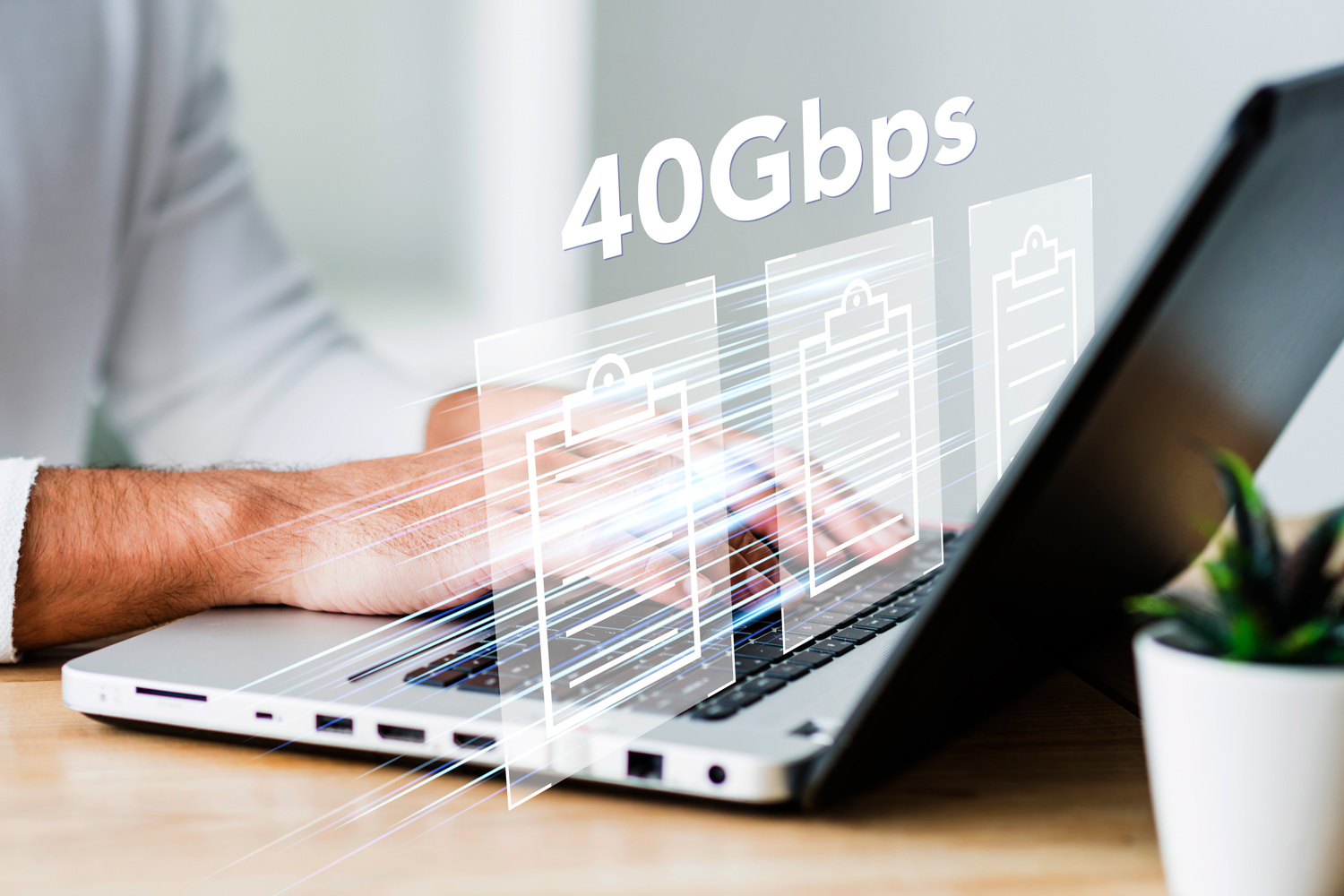
B. Gamers
With its high-speed capabilities, USB 4.0 enhances gaming experiences by reducing lag and providing faster loading times for games and applications.
C. Business and Enterprise
In a business environment, USB 4.0 can improve efficiency by enabling quick data transfers between devices, enhancing productivity for employees who rely on multiple peripherals.
USB 4.0’s Significance
USB 4.0 marks a significant milestone in the evolution of connectivity technology, combining high-speed data transfer, multi-protocol support, and improved power delivery. Its backward compatibility with previous USB standards ensures a seamless transition for users, while its enhanced capabilities make it suitable for a wide range of applications. As USB 4.0 continues to gain traction, it promises to reshape the way we connect, power, and interact with our devices. By adopting USB 4.0 technology, users can enjoy a more efficient and versatile computing experience, paving the way for the future of connectivity.
Visit Our Resource Center
Browse informative articles, explore customer case studies, and watch helpful how-to videos in our Resource & Learning Center. Stay up-to-date with the latest in USB technology and our products.
Visit the Resource CenterCustom Solutions for Your Install
Our team of experts and engineers can get you dialed in with a custom built soution for your install. Reach out today to speak with an engineer!
Custom Product RequestLearn More About Coolgear Labs
Innovation is at the heart of everything we do. Coolgear Labs is our dedicated space for research, development, and experimentation
Read More About Coolgear LabsBrowse Customers' Case Studies
Learn about real use cases from our customers where Coolgear products helped integrators and engineers solve real world problems.
View Our Case Studies
